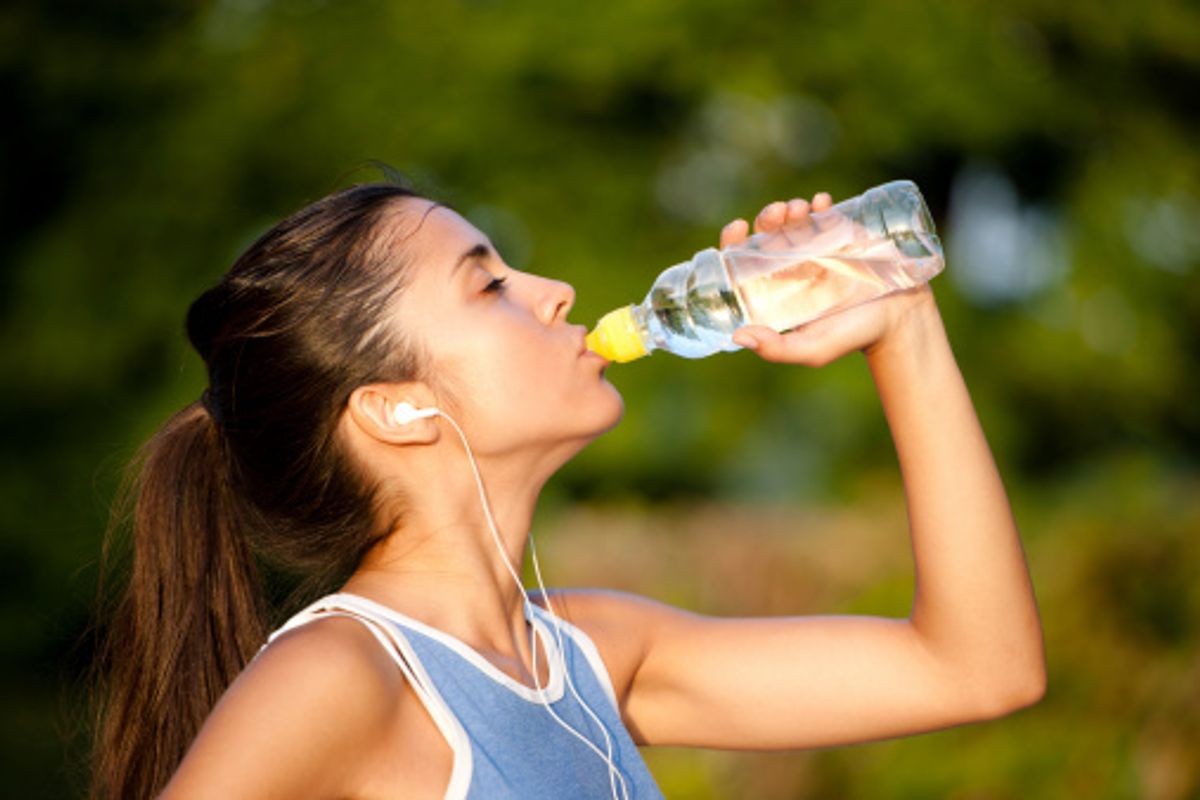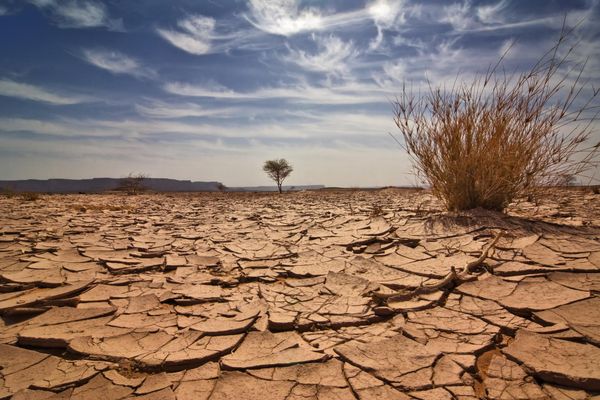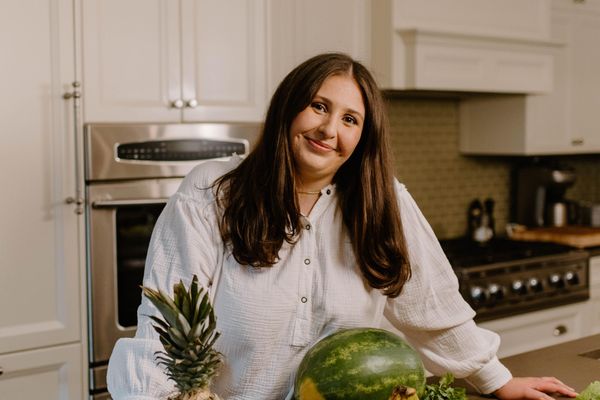It's not hard to get caught up in summertime fun and forget to take a break to drink some water or cool down. Unfortunately, this can sometimes have severe consequences. Extreme heat can take a major toll on the body.
There are three basic types of heat-related conditions, ranging in severity from minor to serious: heat cramps, heat exhaustion and heat stroke. The following information may help you distinguish these three conditions and react accordingly.
Symptoms of heat illnesses
Heat cramps are the result of a loss of salt and other electrolytes that help your body retain water. Symptoms of this condition include sweating, fatigue, thirst and muscle cramps.
If you don't consume water and fail to get out of the sun after experiencing the symptoms of heat cramps, you may get heat exhaustion. This condition is caused by dehydration, and its signs include headache, dizziness, weakness, nausea, vomiting, dark urine and skin that is cool and moist.
When allowed to progress, heat exhaustion may turn into heat stroke, which is a very serious problem. It can cause shock, brain damage, organ failure or, in the worst cases, death. Symptoms of heat stroke include a fever higher than 104 degrees, strange behavior, confusion, rapid and shallow breath, a fast and weak pulse, seizure, unconsciousness and skin that turns dry, hot and red.
How to respond
At the first signs of heat cramps, you should stop what you're doing and drink a sports beverage or clear juice to hydrate. Also, you should wait at least three hours after cramps have ended to get back to your activity. If cramps don't go away, it's a good idea to seek medical attention.
If heat exhaustion is suspected, you should rest, drink a cold beverage or even take a cool bath or shower. Getting into an air-conditioned environment and lightweight clothing may also help get body temperatures back to normal.
If these illnesses progress to heat stroke, someone should call for medical assistance. Anyone with heat stroke should be placed in a shady or cool area and cooled with water, which can be done with spray from a hose, a sponge soaked in cold water or misting fans. Body temperature should be monitored until it drops to 101 degrees. Avoid giving a person with heat stroke fluids to drink if they appear unconscious or are vomiting.
How to prevent heat illnesses
To ensure that summer fun isn't interrupted by heat-related conditions, everyone should be aware of how to prevent heat cramps, exhaustion and stroke. You may want to post some tips around the house so that kids and guests can stay informed.
First and foremost, it's important to drink plenty of fluids when spending time in the sun. It's nonnegotiable, even for little ones who insist they're not thirsty. Waiting for thirst to occur may result in dehydration. Additionally, beverages should be free of sugar and alcohol because these can exacerbate fluid loss.
Here are some guidelines for staying hydrated:
- Drink 17 to 20 ounces of water two to three hours before you go out in the heat or start exercising.
- Drink 8 ounces 20 to 30 minutes before you exercise or during warm-up.
- Drink 7 to 10 ounces every 10 to 20 minutes during exercise.
- Drink 8 ounces more within 30 minutes after exercising.
- Drink 16 to 24 ounces for every pound of body weight lost after exercise.
When you sweat, your body is losing more than moisture. It's also seeping out the minerals and salt that help you retain water. As such, sports drinks may be a good beverage option if you're doing high-intensity exercise for more than 45 to 60 minutes. You may want to consider having snacks handy as well.
Don't forget to slather on broad-spectrum sunscreen, which protects against both UVA and UVB rays. Use sunscreen with an SPF of 30 or higher, and apply it to yourself and your kids 15 to 30 minutes before sun exposure, paying careful attention to sun-exposed areas such as the face, hands and arms. Make sure that everyone wears sunglasses to protect their eyes and loose, lightweight, breathable clothing for warm-weather activities.







